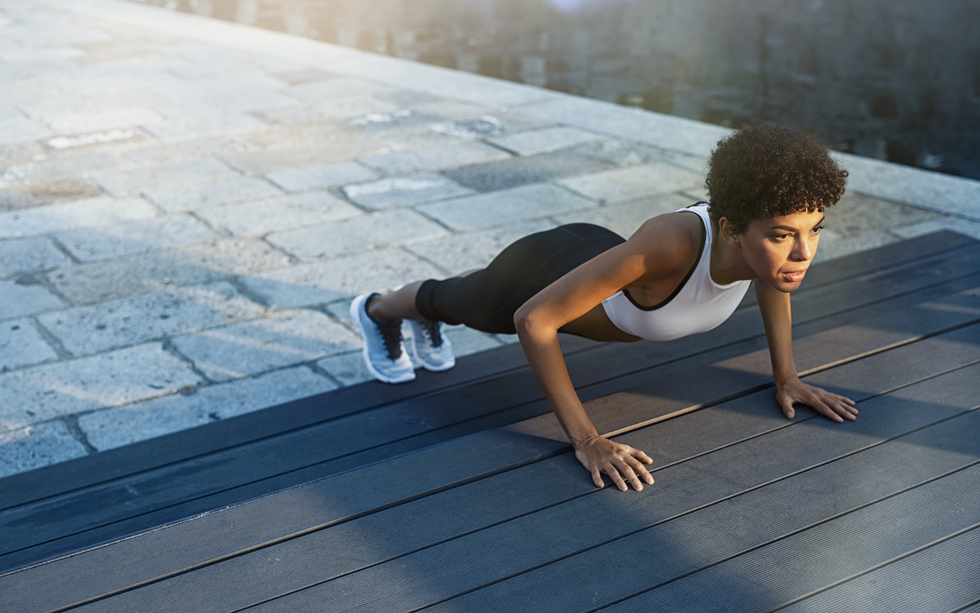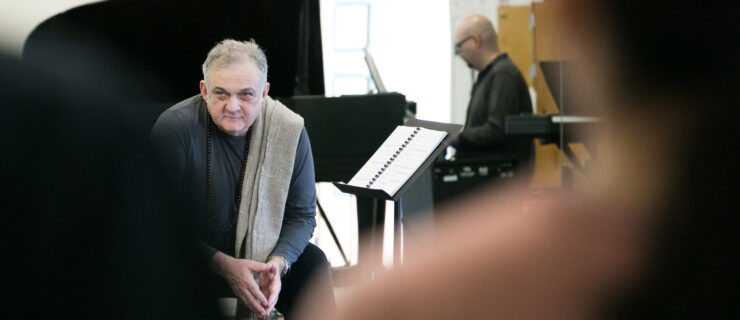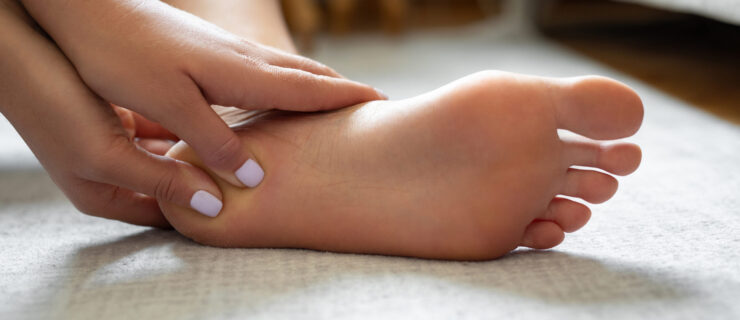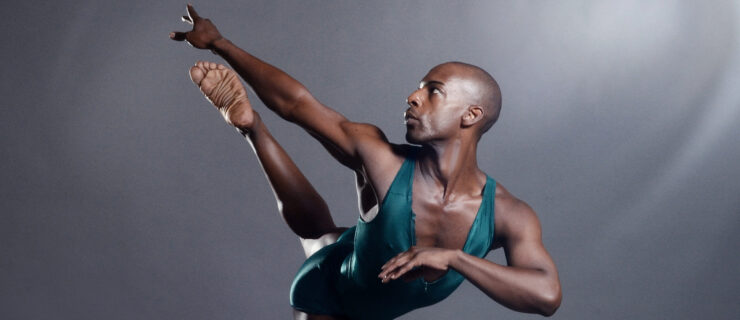8 Ways to Make Your Cross-Training More Efficient
Between social media posts of ballerinas balancing on BOSUs and fitness influencers doing push-up challenges, dancers are inundated with new cross-training regimens on a daily basis. There’s an endless amount of exercises that could be valuable, but do we need to do them all? How do we create a cross-training budget that leaves us with enough available strength, flexibility and energy to do the actual work of dancing?
Think about what’s on your plate. “If you are working on a Limón piece with floorwork, you might want to focus on core and knee/hip strength,” says Pilates teacher and dance-science specialist Sutton Anker. “If the piece demands stamina, put your cardio conditioning first.”
And if your rep covers a range of work, then Anker suggests focusing on your weak areas. “Know your body, and consider your past injuries. The more you individualize your plan, the more efficient it will be,” she says. Use your company’s in-house medical team as a resource, or consult a medical professional who has experience with dancers to find the workouts that work best for you.
Mix Strength and Stamina
Combining strength training and cardio conditioning in one workout is an excellent way to get more mileage out of your time. “Create a high-intensity interval training (HIIT) circuit, with large movements like burpees, which will activate the aerobic system,” says McIntyre. “These are intense workouts. Doing them once or twice a week for 20 to 30 minutes is enough.”
Put Two Together
Super sets, which put together two exercises that use opposing muscle groups, are also super-efficient. “If you do opposing actions, like push-ups (push) and rows (pull), then you get a rest from the ‘push muscles’ while you are using the ‘pull muscles,’ ” explains McIntyre. Rather than having to rest between each set, you can do exercises back-to-back, get your heart rate up and save time. Just be mindful of your fatigue.
Work Multiple Muscle Groups
Compound exercises target multiple muscle groups at once by combining the upper and lower extremities in one movement. “Squats with an overhead press are a great example,” says McIntyre:
- Stand with your feet a little wider than hip-distance apart. Hold a dumbbell in each hand at shoulder height.
- Squat, creasing at your hips and sending them backwards like you are sitting in a chair. Keep your torso upright.
- Press your feet into the floor, using your gluteal muscles and thighs, and return to standing, pressing the dumbbells upwards overhead.
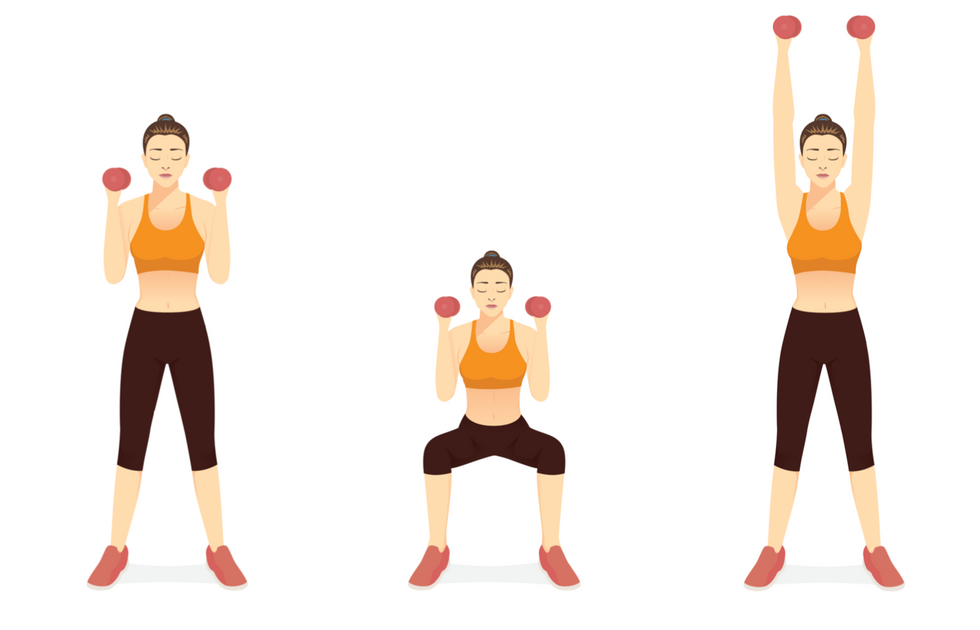
Do Pilates
Anker finds Pilates mat work is efficient on many levels. “It’s an incredibly versatile system focusing on full-body movement,” she says. “You work on strength, flexibility and stability at the same time. The intensity can increase by using props, increasing reps or holding positions longer. You can add flow to get your heart rate up, as well.” It’s also easily accessible on YouTube—just be sure the source is a qualified teacher who has experience with dancers.
Change It Up
You may have developed what you think is the most efficient regimen. But if it stays the same month after month, it becomes less so. “You have to change up your routine or you will plateau,” says McIntyre. Since the body adapts when you challenge it the same way regularly, she suggests altering your workout routine every four to six weeks.
Make It Accessible
Efficiency can also be about “when” and “where” in addition to the “what.” Not every dancer has easy access to a gym or a pool. “Consider exercises you can do in the studio before or after class, or at home, with simple props that easily fit into your dance bag, like small balls and TheraBands,” says Anker.
Counterbalance
While barre class can help with core and hip strengthening, it is not the ideal workout for dancers. “Cross-training needs to be supplemental. You don’t want to overuse muscles that will be worked all day,” says McIntyre.
Let Your Body Recover
Build in time to recuperate between your workout and class and rehearsal, says McIntyre. If an intense cross-training session might generate soreness, save it for after rehearsal. “If you are aiming for high-quality performance in both your cross-training and class,” she says, “make sure you have several hours in between—enough time to refuel your body with a meal and rest a little.” Otherwise, you’re setting yourself up for injury.
